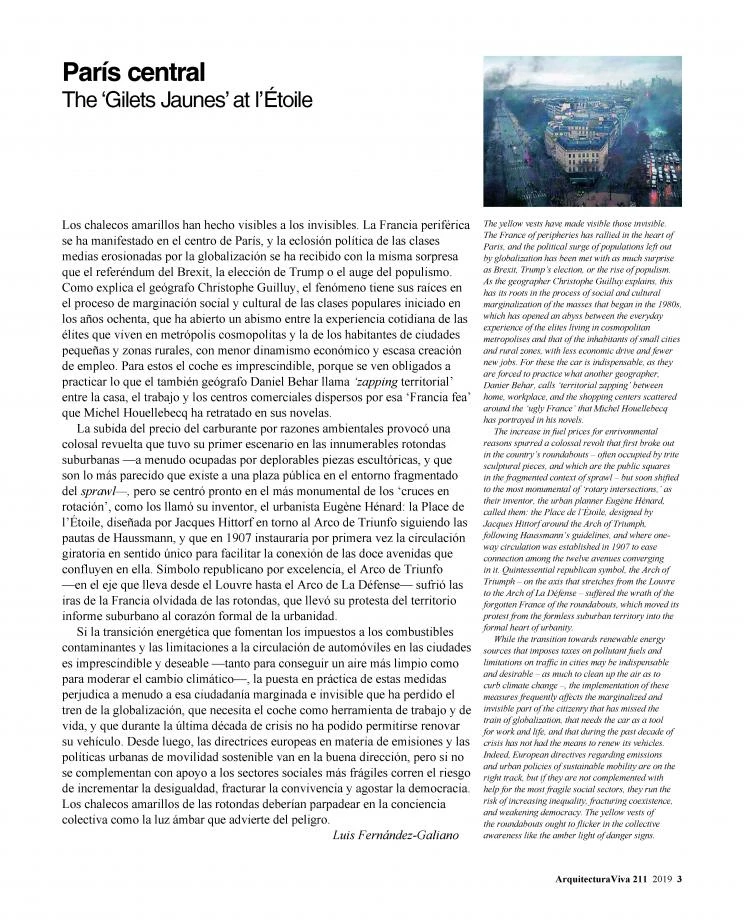
Should biographers respect their subjects? Not necessarily, but even in books about serial killers, authors try to dig beneath the skin of protagonists. No such thing happens in the Philip Johnson biography by Mark Lamster, a writer who previously wrote on the painter Rubens and the baseball player Spalding, and who here makes plain a hostility to the architect that even seeps into the captions. Lamster, who never knew Johnson, has spoken with many who did, especially John Manley, his right-hand man in the studio, and Robert Melik Finkle, with whom he was sentimentally involved. The result of these conversations is a detailed account of the life of the ‘godfather’ of American architecture, which, stretching from 1906 to 2005, coincides with the American century; a period Lamster presents with dark overtones, from Johnson’s pro-Nazi phase to his projects with Trump.
This review takes the title of the book’s seventh chapter, where the architect appears as “a virulently anti-Semitic fascist political leader, a would-be American Hitler, and an American agent of Nazi Germany,” and where his ties with the populist politician Huey Long and the controversial priest Charles Laughlin are intertwined with his links to German leaders. Ten chapters later, the biography ends with the sad clincher of his work for Donald Trump, a stage of his career which the tycoon’s subsequent arrival in the White House calls for examination under new light.
Between the Hitler and Trump years there was his championing in America of Mies’s modernity, Venturi’s postmodernity, and Gehry’s and Eisenman’s deconstruction, architectural movements that gave shape to his own oeuvre: from the Glass House, the MoMA Sculpture Garden, or the Four Season’s Restaurant to Pennzoil Place, the AT&T, or the KIO Towers, a vast output in which we can also highlight 1960s buildings like the elegant Roofless Cathedral, the exquisite gallery at Dumbarton Oaks, or the sculptural Kline Biology Tower; a decade during which he also marched with Jane Jacobs in defense of Penn Station or proposed for Roosevelt Island an urban plan influenced by the ideas of the mythical activist. Paradoxical and controversial, Johnson’s biography – architecturally summed up in the pavilions built on his New Canaan estate – can hardly be compared to an empty jar, as Lamster tries to do.
Those interested in Johnson’s biography would do better getting hold of the one that Franz Schulze published in 1994, or the 2008 book that compiles his conversations with Bob Stern. The new biographer draws from both publications but the exact extent of his debt to them is not easy to establish, as the references are not adequately reflected in the alphabetical index. Lamster describes Schulze as ‘a fastidious German-born architectural historian,’ and treats his biography rather offhandedly, but the historian’s meticulousness and perspective would perhaps have contributed to a more multifaceted treatment of the colossal and contradictory figure of Johnson.






